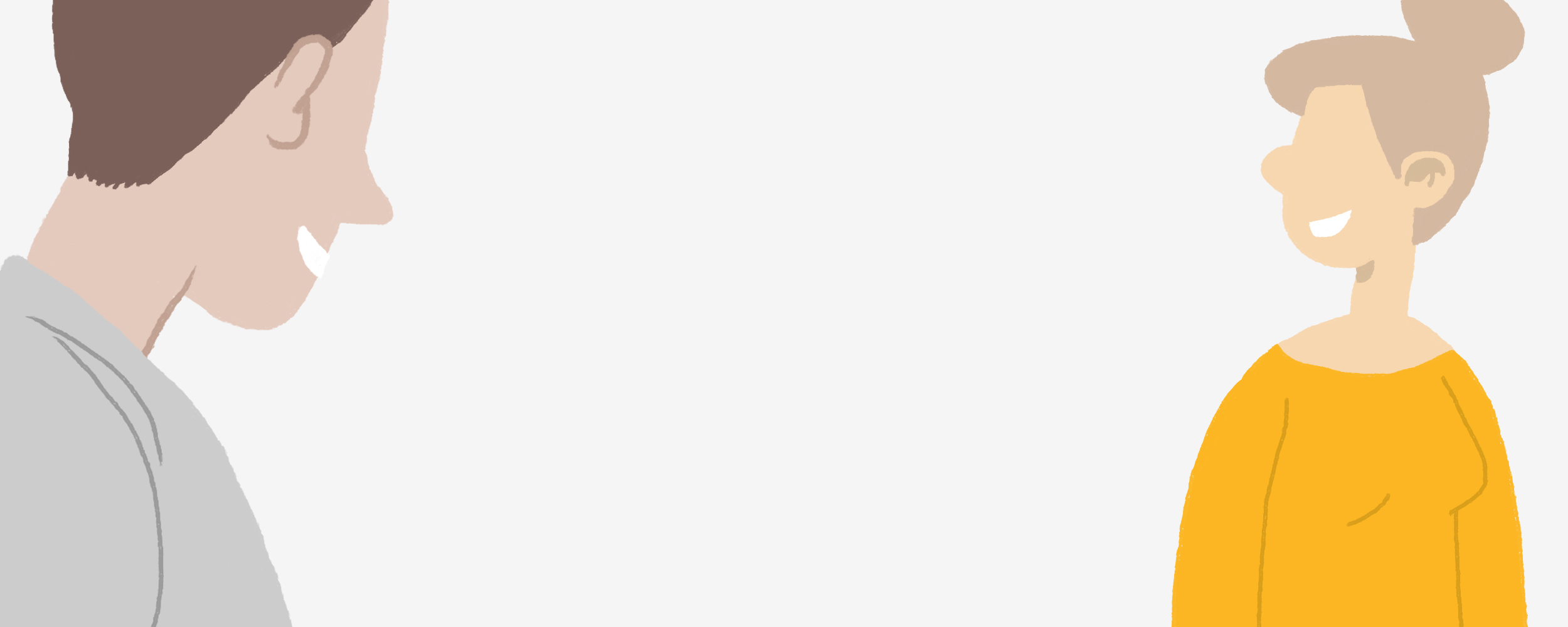
Next start date
October 1, 2024
*In-Person Classes*
6Spot Remaining
By immersing themselves into a completely practical learning environment, students will be able to integrate themselves into an animation studio upon graduation, or will have the means to start their own studio and bring their own stories and ideas to life. This program develops industry-ready designers, who are capable of using the latest software and hardware in all production mediums. Students are trained in Adobe®, and Apple software to learn the fundamentals 2D character animation.
This intensive course will cover the popular programs used by today’s studios, and will deal heavily with the raw fundamentals of animation. Daily exercises that utilize the twelve principles of animation will strengthen students’ understanding of the physics and timing involved in creating professional characters and scenes. Graduates can step comfortably into any creative department while setting a career path for future growth. Student work is evaluated and critiqued until it meets or exceeds the instructor’s expected level of excellence. Students will have the opportunity to develop the specific technical areas suited to their interests.
Some possible career options after the course are Lead Animator, Character Designer, Illustrator, Art Director, Concept Artist, Background Artist, Storyboard Artist,and Comic Book Artist.
PIXEL BLUE COLLEGE IS PROUD TO BE AN OFFICIAL
We are proud to announce that we have been granted the prestigious Toon Boom Advanced Training Centre (ATC) designation, emphasizing our commitment to delivering top-notch education in 2D Animation & Illustration.
As an ATC, we are recognized for providing unparalleled education in the industry's leading 2D animation software, Harmony and Storyboard Pro. Our comprehensive animation program caters to professionals in various creative domains, such as television, film, gaming, and advertising. The ATC certification guarantees that our students receive training in the most up-to-date techniques and best practices utilizing Toon Boom software.
At Pixel Blue College, all 2D Animation & Illustration students must take the ATC certification exam as part of their curriculum while creating their demo reel/portfolio page. This certification is a vital asset for students aiming to excel in the competitive landscape of 2D Animation. Studios actively seek artists with proficiency in the software used during production, and many prioritize candidates with the Toon Boom Associate certificate. Some renowned studios even consider this certification a prerequisite for specific roles.

Tuition Costs
The tuition for the 2D Animation & Illustration Diploma Program is $20,995 CAD. This covers the costs of 7.5 months in-class instruction (1,125 hours), the use of a personal computer, all the required course materials, including textbooks.
Equipment, Tools, and Software
iMac, Adobe Photoshop, Adobe After Effects, Adobe Illustrator, Toon Boom.

Pixel Blue 2d graduates
A look at what some of our 2D graduates are up to now.
Hunter Murray
Digital Designer & IllustratorWest Edmonton Mall
Kerwin Mendoza
Senior Illustrator & AnimatorAmplomedia
Scott Laboucan
Indigenous ArtistFreelance

Student Work
Through personalized, one-on-one critiques and group sessions, students are able to improve their craft under the guidance of talented instructors and the support of creative classmates.

Program Curriculum
Fundamentals
Students will begin the program learning and practicing the fundamentals of drawing and image making. Anatomy, life drawing, perspective, composition, and basic drawing techniques will be explored using traditional media. Along with these core skills, students will learn and practice a process that encourages research, feedback, and iteration. The Drawing Foundations section is designed so that each student is familiar with the techniques, and visual storytelling tools needed to express their creative ideas in the following subjects covered in the course.
Digital Foundations
After establishing a strong foundation of drawing skills, students will learn to apply those skills to the digital tools that are commonly used in professional creative studios. Students will study digital painting, colour, and lighting along with the tools and processes commonly used to make digital art today.
Visual Development
Concept art and visual development for video games and animation require a strong ability to communicate ideas and tell stories through images. Students will study prop design, environment design, and character design using methods that convey a mood, theme, and atmosphere in service to a story. Students are encouraged to experiment with different styles and methods of execution. Students will refine their own character design style and learn to deconstruct and adapt to the style of other professional creative studios. Appealing designs often use methods of simplification, exaggeration, shape language, and contrast.
Illustration and Storytelling
Students will learn how to create images that communicate an idea using visual problem solving and storytelling techniques as found in sequential art and editorial illustration. Students will explore their own ideas as well as working with a creative brief to understand the freelance workflow.
Animation Foundation
At the core of Animation Foundations is the 12 principles of animation. These principles are a guide to creating the believable illusion of real-world movement and physics. Students will discover the tools and processes that make up the building blocks of animation. Students will understand the basics of cinematography through storyboarding.
Animation
Using the process and tools of current animation studios, students will learn efficient and appealing ways to create both Cut-Out and paperless animation. Students will learn tools and methods to bring life to characters and stories through movement, acting and expression. Practical industry knowledge such as understanding scheduling and tracking will help prepare students for working in the animation industry and with a creative team.
Practical Experience
Students will have the opportunity to work on real world projects while in school. This gives them a chance to experience industry techniques, critiques and deadlines.Students will create a proposal for, and execute, a large project that targets the career direction that the student would like to pursue.
Portfolio Development
Students will create a motion demo reel or illustration portfolio for their final project. Previous projects and ideas will be refined, completed, or expanded upon in order to put together a portfolio that reflects the student’s career goals and interests. These final pieces will be collected on a portfolio website, and personal promotional material and branding will be created by the student in order to stand out as a creative professional.
Portfolio Review
A creative professional will review students’ portfolios in the final week of the program.
The 2D Animation & Illustration Diploma Program Curriculum also includes 20 hours of Career Development, with Pixel Blue College’s Employment Specialist.

Ready to begin your application?







